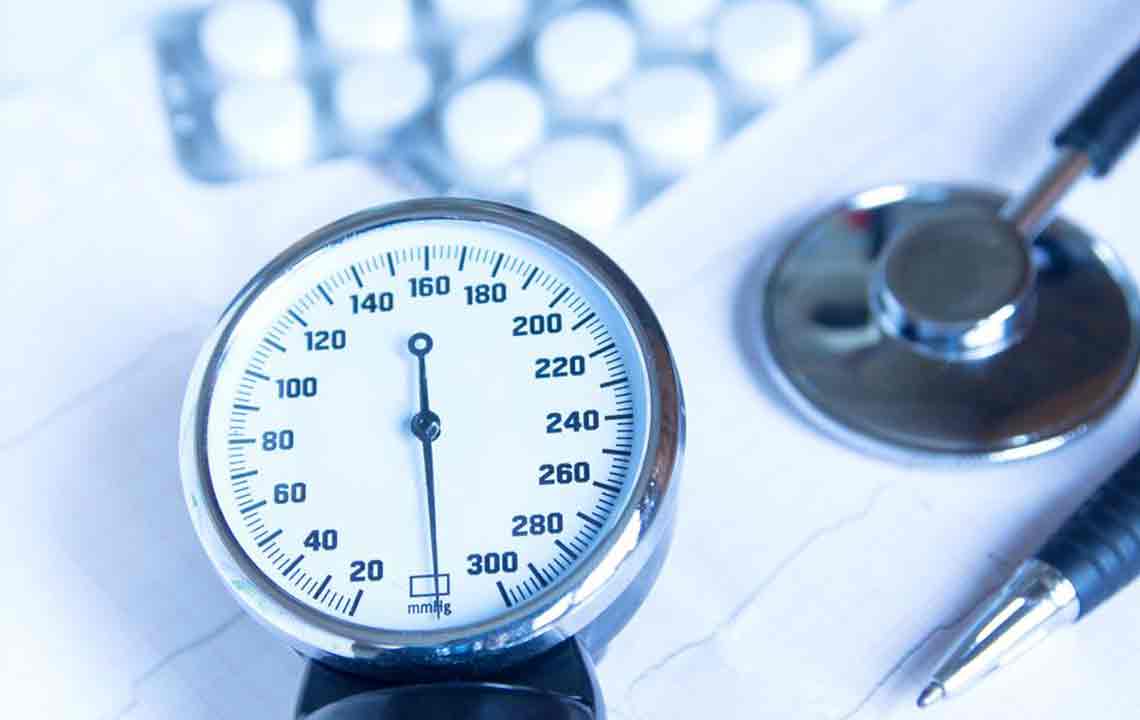Understanding and Interpreting Blood Pressure Charts
Maintaining a blood pressure within the normal range is important for our overall health.
Blood pressure is measured as the force exerted by the blood on the walls of the blood vessels as it passes through them. Blood Pressure charts record two numbers: the systolic blood pressure, and the diastolic blood pressure.
The primary function of the heart is circulation of blood in our bodies. When the heart pumps blood through the arteries to the rest of our body, it creates a force. As the blood passes through the blood vessels, it exerts a pressure called the systolic blood pressure.
Normal systolic pressure is below 120.

The pressure in the arteries when the heart rests between two consecutive beats gives the diastolic pressure. This is the time when the heart refills with blood and oxygen before circulating it to the body.
A normal diastolic blood pressure is lower than 80.
Generally, systolic blood pressure is considered more important as it poses a major risk factor for cardiovascular disease in people above the age of 50. However, for a normal diagnosis, both the systolic and diastolic pressure, have to be within the specified range.
Minor changes in blood pressure may not be evident by themselves, as there may be little or no physical symptoms.
Systolic blood pressure can increase with age in most people due to the age-related stiffening of arteries, long-term build-up of plaque, and an increased chance of cardiac and vascular disease.
Blood Pressure charts:
Blood pressure can vary with age. Therefore, several blood pressure charts provide age-specific readings. Gender can also influence individual readings; however, the scale of reference remains the same.
Blood Pressure charts provide readings in mm Hg that stands for a millimeter of mercury.
You should take several readings one minute apart to get a fairer idea of your actual measurement. Temporary stress can affect blood pressure readings. As such, before reaching any conclusion, you would want to take several readings at different times of the day. You should avoid caffeine, cigarettes, and exercise for at least 30 minutes before the test.
Stages of Blood Pressure:
Prehypertension (early stages of high blood pressure)
If your blood pressure ranges from 120-139/80-89 mm Hg consistently over a significant period, you may be diagnosed with prehypertension. Prehypertension is a kind of a warning bell. If you do not act timely to control it, there is a high probability of developing high blood pressure.
Hypertension Stage 1:
At this stage of high blood pressure, doctors will usually prescribe lifestyle changes and may consider adding blood pressure medication.
Hypertension Stage 2
During this stage, doctors usually prescribe a combination of blood pressure medications along with lifestyle changes.
Hypertensive crisis:
This requires immediate medical attention. If your blood pressure is higher than 180/110 mm Hg, you will certainly experience symptoms such as chest pain, shortness of breath, back pain, numbness/weakness, changes in vision or difficulty speaking, However, if your readings are at this level and you are not experiencing any other symptom, you would want to wait for five minutes and repeat the test. If the reading is still at the same level or above it, you should CALL 9-1-1 for emergency medical attention.
How often should you check your Blood Pressure?
In most cases, if your blood pressure falls within the specified range, your doctor would recommend getting it checked at least every 2 years or so. However, if you have a family history of high blood pressure or any other medical condition your doctor may prescribe tests at more frequent intervals.
If your blood pressure is borderline high or you have been diagnosed with prehypertension, your aim should be to closely monitor your readings and make all possible changes to your lifestyle to keep your blood pressure within the normal ranges.
Maintaining Blood Pressure charts:
If you have high blood pressure or prehypertension, monitoring your blood pressure at home helps you and your doctor to find out if your treatment is working.
You should take your doctor’s advice with regard to the kind of blood pressure monitor that will be suitable for you. You should also ensure that you understand the functioning of the machine and can record a reading correctly. You may request your healthcare worker to show the correct way of measuring your blood pressure.
Readings should be taken at the same time of the day. Take several readings 1 minute apart to get a clear picture of your blood pressure. Maintain a regular journal and present to your doctor every time you visit him.
Keeping track of your blood pressure chart is very important because in most cases of high blood pressure, the first external symptom is usually a heart attack, stroke, or kidney damage. That is why high blood pressure is often called the “silent killer.”

